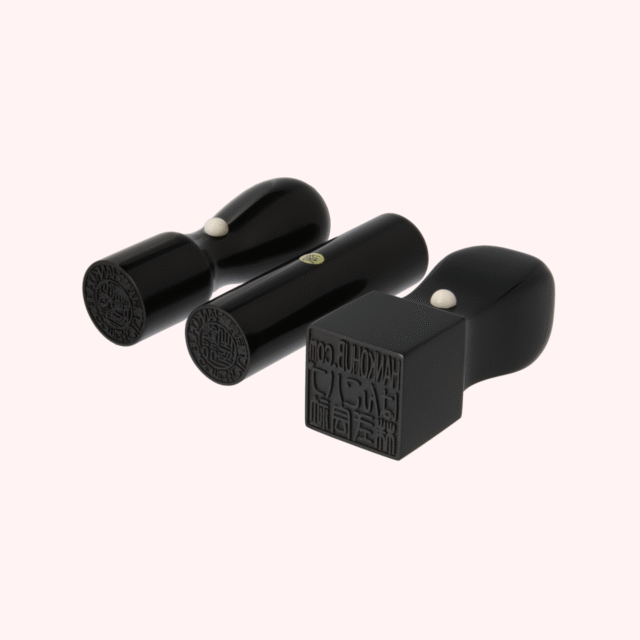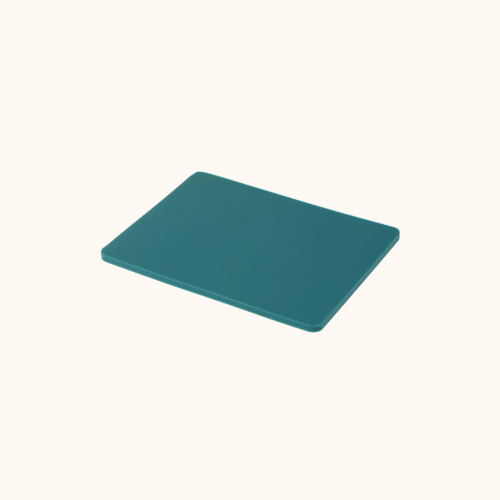In Japan, a hanko (also known as inkan) serves as a personal seal, functioning similarly to a signature in Western cultures. Whether you’re opening a bank account, signing a lease, or formalizing business documents, possessing a hanko is essential. With the advent of online services, obtaining a personalized hanko has become more accessible than ever. This guide will walk you through the process of ordering a hanko online and help you choose the right material by outlining the pros and cons of each option.
Step 1: Determine the Type of Hanko You Need
Before placing an order, it’s crucial to identify the type of hanko that suits your requirements:
- Jitsuin (実印): An officially registered seal used for significant transactions like purchasing property or registering a company. This seal must be registered with your local municipal office.
- Ginkōin (銀行印): A seal specifically used for banking purposes, registered with your bank.
- Mitomein (認印): A general-purpose seal used for everyday tasks such as receiving packages or internal office approvals.
Understanding the purpose of your hanko will guide your choices in material, size, and design.
Step 2: Choose the Appropriate Material
The material of your hanko affects its durability, appearance, and cost. Below is a comparison of common materials:
1. Akane Wood

- Pros:
- Affordable and lightweight.
- Easy to carve, allowing for detailed designs.
- Suitable for casual or temporary use.
- Cons:
- Less durable; prone to wear over time.
- Sensitive to moisture and temperature changes.
2. Boxwood (Tsuge)
- Pros:
- Denser and more durable than akane wood.
- Fine grain allows for precise engraving.
- Traditional choice for many users.
- Cons:
- Slightly more expensive than akane wood.
- Still susceptible to environmental factors.
3. Black Buffalo Horn

- Pros:
- Highly durable and resistant to wear.
- Elegant appearance with a glossy finish.
- Ideal for official and long-term use.
- Cons:
- More expensive than wood options.
- Requires careful maintenance to prevent cracking.
4. Titanium

- Pros:
- Extremely durable and resistant to corrosion.
- Modern and sleek appearance.
- Low maintenance; ideal for frequent use.
- Cons:
- Higher cost compared to other materials.
- Heavier than wood or horn options.
5. Acrylic or Crystal
- Pros:
- Visually appealing with various color options.
- Affordable and lightweight.
- Suitable for decorative or gift purposes.
- Cons:
- Less durable; not recommended for official use.
- Can be prone to scratches or cracks.
Step 3: Select the Size and Shape
Hanko sizes typically range from 10.5mm to 18mm in diameter:
- 10.5mm – 12mm: Common for women or for use as a mitomein.
- 13.5mm – 15mm: Standard size for men or for ginkōin.
- 16.5mm – 18mm: Often used for jitsuin or corporate seals.
The shape can be round or square, with square seals typically reserved for corporate use.
Step 4: Customize the Design
Personalize your hanko by choosing:
- Script Style:
- Tensho (篆書): Traditional seal script; intricate and formal.
- Gyosho (行書): Semi-cursive script; a balance between formality and readability.
- Kaisho (楷書): Standard script; clear and easy to read.
- Name Representation:
- Kanji: Traditional Chinese characters used in Japanese writing.
- Katakana: Syllabary used for foreign names.
- Roman letters: For non-Japanese names, though less traditional.
Ensure that the name on your hanko matches official documents, especially for jitsuin or ginkōin.
Step 5: Place Your Order
Once you’ve finalized your choices:
- Review Your Selections: Double-check the material, size, script style, and name representation.
- Choose Accessories: Consider adding a case or ink pad to protect and use your hanko effectively.
- Provide Shipping Information: Enter your address accurately to ensure timely delivery.
- Complete Payment: Use secure payment methods provided by the online store.
At HankoHub.com, the ordering process is streamlined to guide you through each step, ensuring a hassle-free experience.
Conclusion
Selecting the right hanko involves careful consideration of its intended use, material, size, and design. By understanding the pros and cons of each material, you can make an informed decision that suits your personal or professional needs.
Ready to create your personalized hanko? Visit HankoHub.com today to explore a wide range of materials and designs, and take the first step towards owning a unique symbol of your identity.













